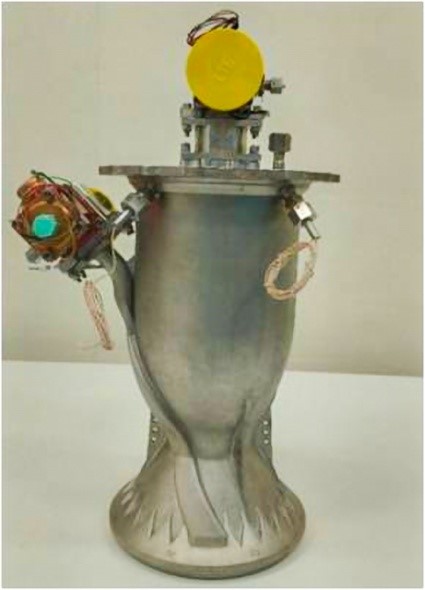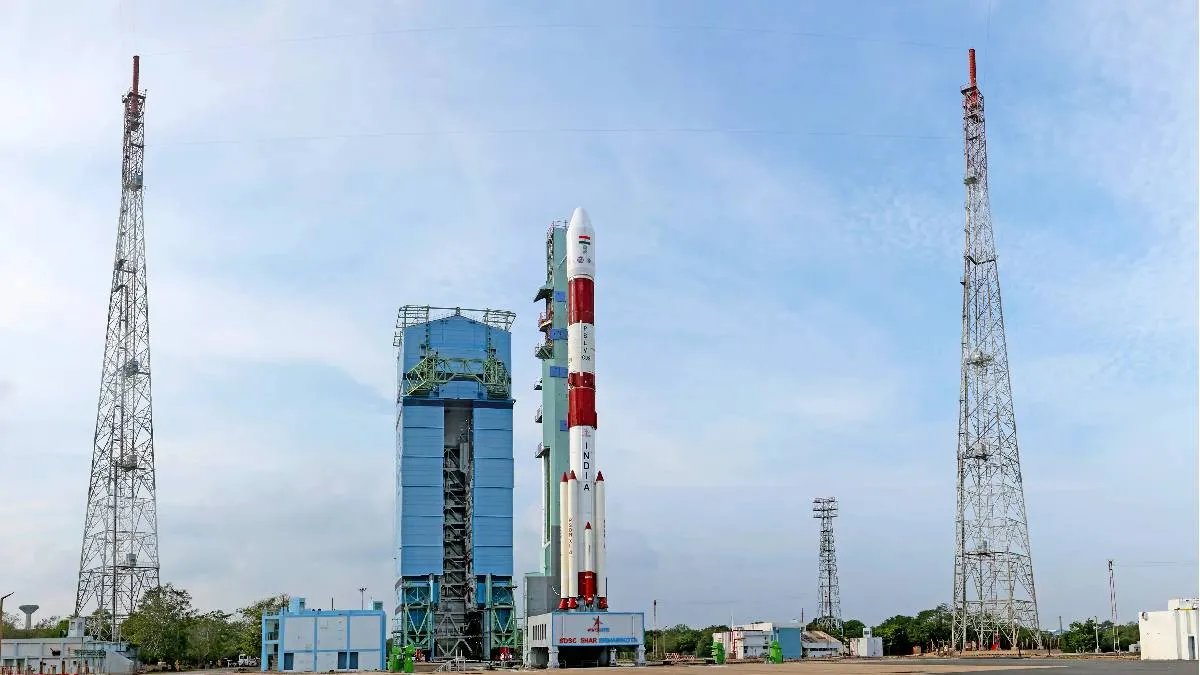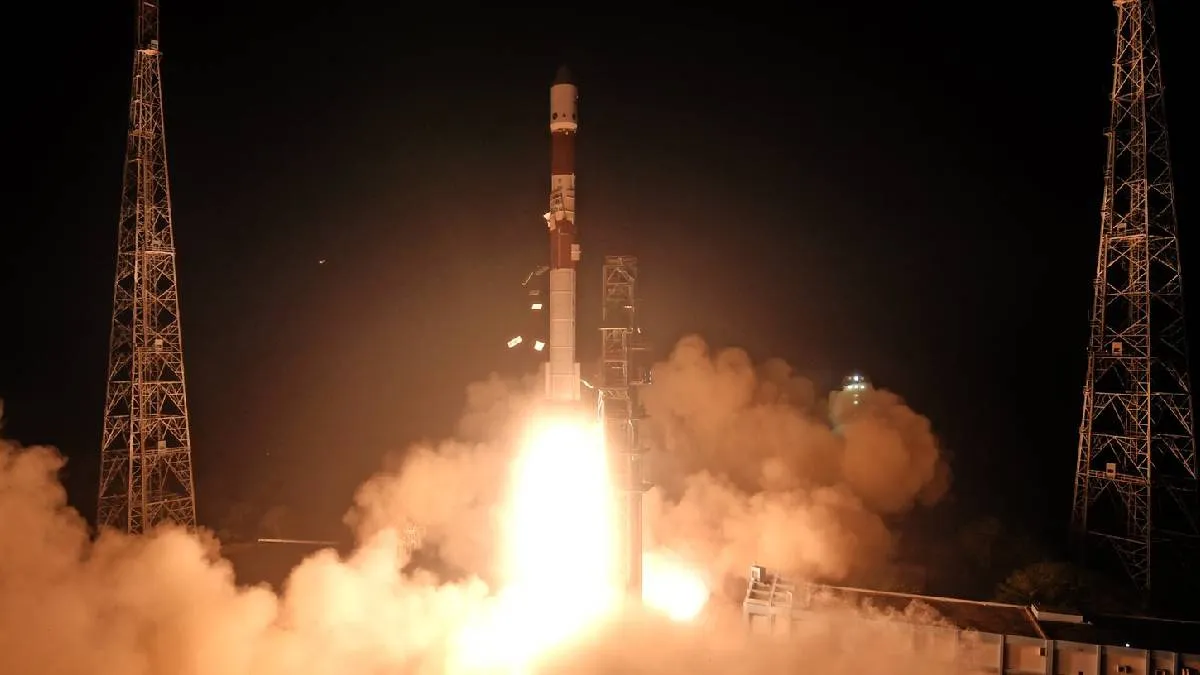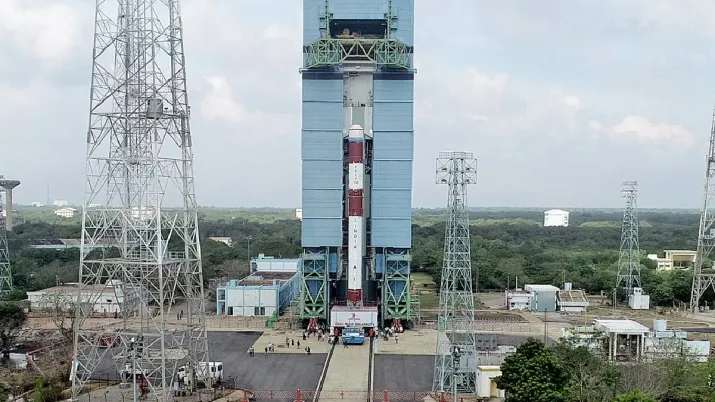- Messages
- 3,814
- Reaction score
- 1,671
- Axis Group

India To Launch Chandrayaan-4 In 2027 To Bring Moon Samples Back To Earth, Announces Jitendra Singh
Story by PTI• 20h • 2 min read

India To Launch Chandrayaan-4 In 2027 To Bring Moon Samples Back To Earth, Announces Jitendra Singh
India will launch the Chandrayaan-4 mission to bring back samples of moon rocks to the Earth in 2027, Science and Technology Minister Jitendra Singh said. Chandrayaan-4 will involve at least two separate launches of the heavylift LVM-3 rocket that will carry five different components of the mission which will be assembled in orbit.
"The Chandrayaan-4 mission aims to collect samples from the moon's surface and bring them back to the Earth," Mr Singh told PTI Videos in an interview.
The minister said the Gaganyaan mission, which involves sending Indian astronauts in a specially designed spacecraft to low-earth orbit and bringing them back safely, will be launched next year.
In 2026, India will also launch Samudrayaan, which will take three scientists in a submersible up to a depth of 6,000 metres in the deep ocean, to explore the seabed.
"This achievement will align with the timelines of India's other landmark missions, including the Gaganyaan space mission, marking a pleasant coincidence in the nation's journey toward scientific excellence," Mr Singh said.
Mr Singh said Prime Minister Narendra Modi highlighted the Samudrayaan mission in his Independence Day speech.
The minister underscored the potential of the Samudrayaan to unlock vast resources, including critical minerals, rare metals, and undiscovered marine biodiversity, all of which are crucial for the country's economic growth and environmental sustainability.
The first uncrewed mission of the Gaganyaan project carrying a robot, 'Vyommitra', will also take place this year.
Mr Singh said that while the Indian Space Research Organisation (ISRO) was established in 1969, it took more than two decades to set up the first launch pad in 1993.
The second launch pad came up in 2004, another decade-long gap. However, in the last 10 years, India's space sector has undergone unprecedented expansion, both in terms of infrastructure and investment, he said.
"We are now building a third launch pad and for the first time for heavier rockets, and expanding also beyond Sriharikota with a new launch site in Tamil Nadu's Tuticorin district to launch small satellites," Mr Singh said.
The minister said that India's space economy, currently valued at USD 8 billion, is projected to reach USD 44 billion in the next decade, further cementing India's role as a global space powerhouse.
The reforms initiated in the past decade, including the unlocking of the space sector for private players, have led to greater innovation, investment, and international collaborations, Mr Singh said.
"With new infrastructure, increased private participation and record-breaking investments, India is poised for even greater achievements in the years to come," he said.
(Except for the headline, this copy has not been edited by Jagran English)
Last edited:




























